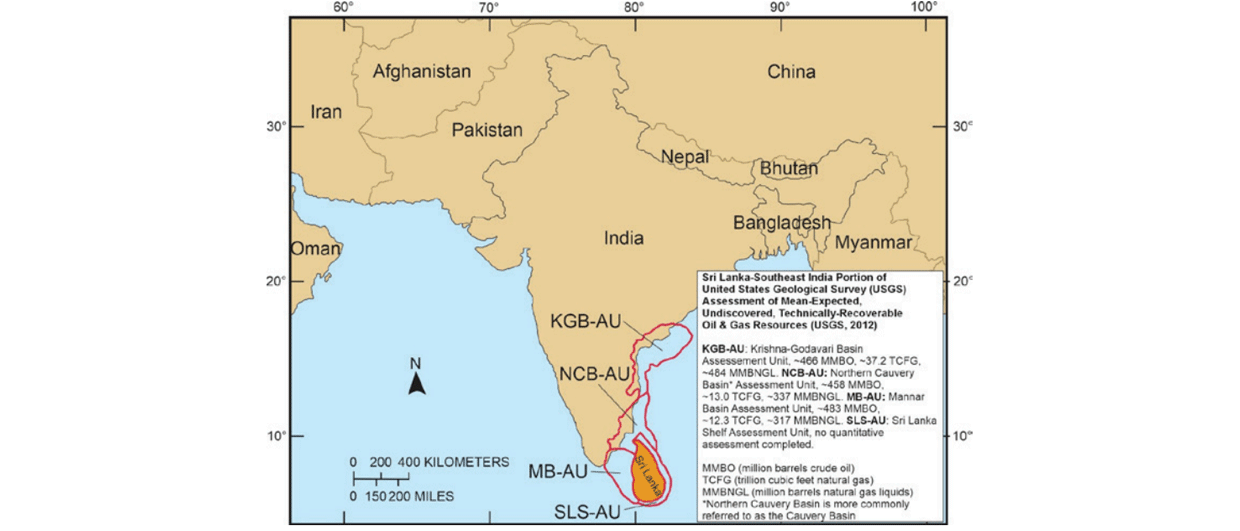Mention East Africa to the world’s general public and it will probably bring to mind a colourful mosaic of images, from spectacular landscapes through to abundant wildlife and notorious geo-political instability.
Large oil fields, with over one billion barrels recoverable discovered in the last decade, would not typically be one of them. But the East African Rift System is now one of the world’s ‘exploration hotspots’, potentially just as significant for landlocked Africa and its underexplored rift systems as the Barnett Shale in Texas was to the birth of unconventional shale gas in North America.
The large scale features of the region’s topography are clear evidence of the regional plate movements and faulting responsible for the geological evolution of the East African Rift system (EAR), defined by a roughly north-south arcuate series of discontinuous fault-bounded depressions (GEO Expro Vol. 8, No. 4).
The recent exploration successes are located in the Albertine Graben, along the western edge of Uganda north of Lake Albert, where the rift segment, covering an area approximately 50 km across and 400 km long, is bounded on both sides by Palaeozoic metamorphic basement. The main phase of Albertine Graben development occurred during the Middle Miocene, with north–south trending, asymmetrical crustal rifting filled by thick fluvial, lacustrine and deltaic syn-rift sediments and now on-laps basement at its margins.
Rapid exploration
Although active oil seeps had been recognised in the Albertine Graben as far back as the 1930s, sporadic early exploration only found oil shows. The subsequent 60-year exploration hiatus lasted until renewed stability in Uganda enabled new international participation and active, modern exploration in the late 1990s, pioneered by Hardman (before its acquisition by Tullow), albeit in the face of some industry scepticism.
The first new exploration was south of Lake Albert, where the Turaco wells, drilled by Heritage in 2001/02, encountered oil in a 300m Tertiary clastic section, although the subsequent flow tests produced some 90% CO2, which has since been associated with carbonates locally ‘cooked’ by high heat flows associated with deeper volcanics to the south. These wells proved the presence of an active hydrocarbon system containing good quality reservoir sands.
Heritage’s follow-on exploration well, Kingfisher-1 drilled in 2006/7, was drilled south of the Lake away from the influence of high heat flow. It found Miocene and Pliocene sands which flowed at almost 14,000 bopd from four reservoir zones, and little or no CO2. The appraisal well exceeded these flow rates and led to a rapid acceleration of exploration progressively further north along the eastern margin of the Graben by the Heritage/Tullow joint venture. This has led to an unprecedented 96% success rate: 26 new discoveries from only 27 wells, partly due to new technology and the very effective use of high resolution aerial gravity gradiometry surveys to map the basement structure and indicate probable reservoir distribution.
Billion Barrel Potential
29-9-11.jpg) The most recent discoveries include the Jobii/Rii cluster of large fields in the Butiaba region, at the north end of Lake Albert, in which oil columns up to 140m are understood to have been found. These fields, in a large deltaic play, are estimated to contain around half of the reserves found to date in the Graben and are responsible for triggering the major international interest in the East African Rift. Exploration is also now progressing in other sub-basins on trend within the Albertine Graben, including the Rhino Camp Sub-Basin to the north by Tower and the Edward Sub-Basin by Dominion to the south of Lake Albert.
The most recent discoveries include the Jobii/Rii cluster of large fields in the Butiaba region, at the north end of Lake Albert, in which oil columns up to 140m are understood to have been found. These fields, in a large deltaic play, are estimated to contain around half of the reserves found to date in the Graben and are responsible for triggering the major international interest in the East African Rift. Exploration is also now progressing in other sub-basins on trend within the Albertine Graben, including the Rhino Camp Sub-Basin to the north by Tower and the Edward Sub-Basin by Dominion to the south of Lake Albert.
In the proven central part of the Albertine Graben hydrocarbons are believed to have been generated in the western, deeper axial part of the rift, possibly migrating up dip along the hanging wall faults of the rift, resulting in the accumulations found to date, mostly situated on the eastern flank of the Graben. To the north of the Butiaba region, and beyond the east-west trending sinistral accommodation zone which offsets the northerly Rhino Camp segment of the Graben, the polarity is reversed. A recent gravity gradiometry survey and subsequent new seismic has confirmed the deeper axis is on the eastern inside of the Rhino Camp Basin.
The discovery of a potential billion barrels recoverable so far has comfortably surpassed the commercial thresholds of the Albertine Basin and catapulted the region to its current ‘hotspot’ status. It begs the question: “How many other landlocked rift systems might have the same untested potential?”




